How the Apple Watch could evolve to guard your body — and your mind
On the power of constraint

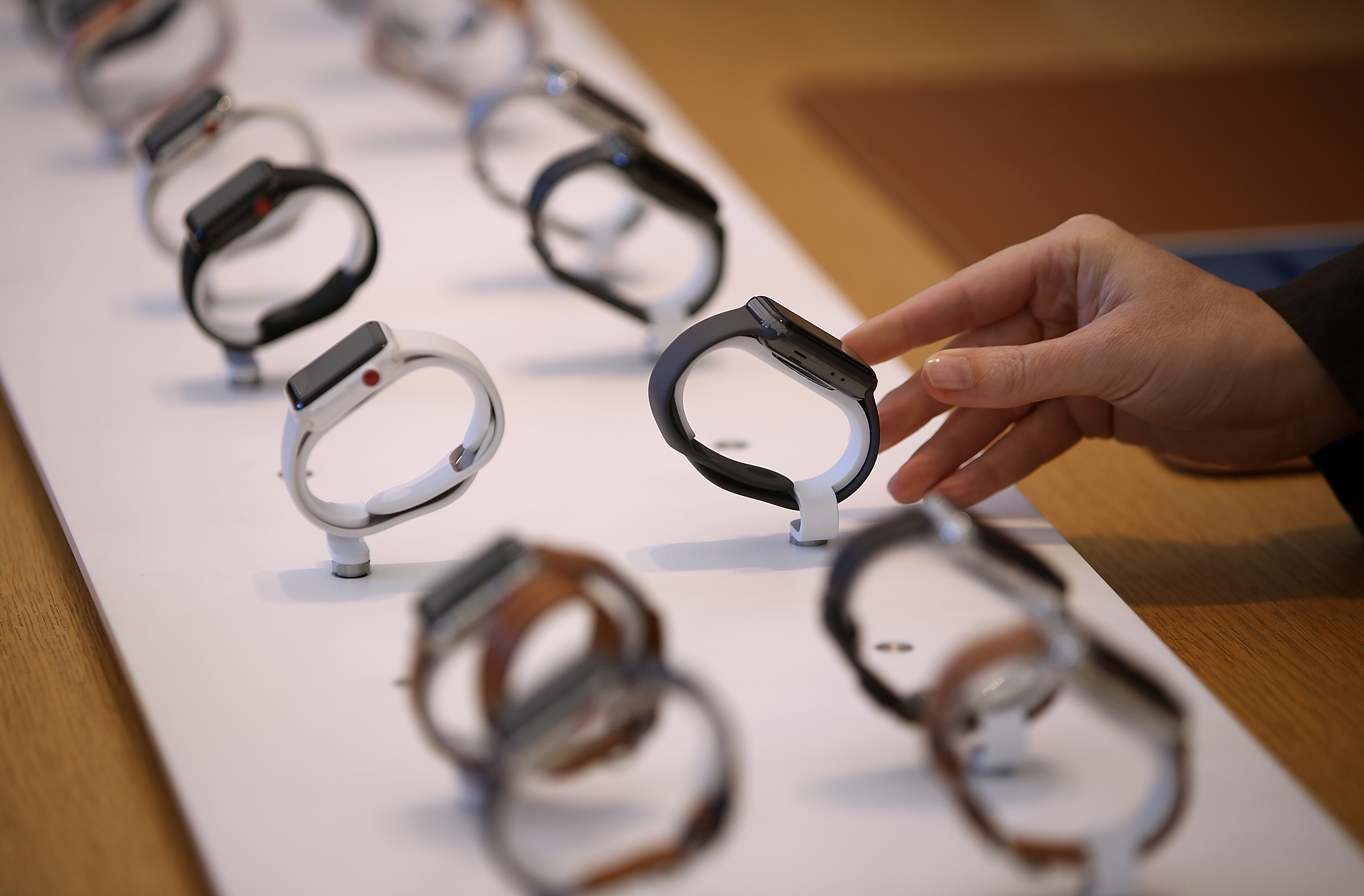
Let me start with a confession: I was one of the many Apple Watch naysayers. When the wearable was first announced in 2015, I thought the last thing anyone needed was a screen on their wrist. But now, with news that the company has seen sales rise 54 percent, resulting in around 18 million units being sold last year, it's clear that the Apple Watch is here to stay.
Making matters more impressive is that Apple has now far eclipsed its rivals. As analyst Ben Bajarin suggests, the smartphone company now controls 75 percent of the wearable market, and 90 percent of the smartwatch market. In three years, it's already the world's biggest watch maker by revenue, outselling the entire Swiss watch industry in a quarter.
The question, then: Now that Apple clearly controls the market, what's next for the Apple Watch and wearables in general?
The Week
Escape your echo chamber. Get the facts behind the news, plus analysis from multiple perspectives.

Sign up for The Week's Free Newsletters
From our morning news briefing to a weekly Good News Newsletter, get the best of The Week delivered directly to your inbox.
From our morning news briefing to a weekly Good News Newsletter, get the best of The Week delivered directly to your inbox.
It's a question more complicated than it appears. With other successful products like the smartphone or tablet, companies have had a clear path forward: Add features, refine the design, and increase performance. While that certainly applies to smartwatches and other wearables too, the Apple Watch in particular has had an unusual trajectory. With each release of its Watch software, Apple has significantly changed the mode of interaction, almost as if it's still figuring out not just how to best tune the interface, but how to answer a more fundamental question: What is this device actually for?
After all, Apple's own marketing was initially rather vague on the point. The Apple Watch was their "most personal device ever" — but that's hardly specific. Yet, with the release of the Series 3 Watch with cellular, which let users make calls or receive messages without a phone, things finally came into sharper focus. The Watch was meant to offload simple tasks of consumption, while also being a fitness tracker. In essence: Wearables make smartphones more bearable, in addition to helping you keep tabs on your health.
With that in mind, the path forward for the Watch and the wearables market in general becomes clearer: Augment what they can do as medical devices and, perhaps counter-intuitively, focus the design on constraint rather than merely add features.
One obvious step forward would be to add genuinely helpful health information like measuring blood pressure and blood sugar. The latter would of course be particularly helpful to diabetics who currently have to prick their skin to get a reading. And being able to get a measure of blood pressure over time will be a boon to people as they age, perhaps allowing them to preempt the need for medication.
A free daily email with the biggest news stories of the day – and the best features from TheWeek.com
It's true that health data is not an inherent good. It can lead to fastidious tracking and an obsession with metrics. But thus far with the Watch, Apple has done a reasonably good job of trying to think about health as a daily practice, encouraging users to stand up and move around regularly or meditate with the new Breathe app.
The point of the device is to help focus and guide a person's approach to health. Why not take a similar approach to one of our era's most annoying problems, relentless distraction?
One way to accomplish this would be with a novel design to notifications. Right now, an Apple Watch lets you select which apps can send notifications to the phone, or you can turn them off altogether. But that isn't enough. Take text messages, for example: It is very useful to be instantly notified of a text from your kids or an elderly parent, but far less helpful to get random messages from your telecom company or even a friend with whom one might be texting frequently. The same could obviously be said for email.
To fix this, any wearable manufacturer would have to let users control notifications by contact, rather than by app — that is whom is sending the message, rather than which app they are doing it through.
That level of granular control would allow a wearable to fulfill its function: to act as a filter for a smartphone that can do everything. A well-designed smartwatch interface could deliberately limit notifications and even functionality so that it almost behaves like a barrier, letting someone keep their phone in a pocket or purse but still get the information that is genuinely helpful to them.
This brings us back to answer to that existential question for wearables and particularly smartwatches. Their purpose is to act as an antidote to the tech that has preceded it. And rather than merely tracking steps, or even showing a user their heart rate, a wearable done right will conceive of health in a more holistic manner — letting us keep our smartphones at bay, and as a result, leaving our bodies and minds more fit.
Navneet Alang is a technology and culture writer based out of Toronto. His work has appeared in The Atlantic, New Republic, Globe and Mail, and Hazlitt.
-
 Ashes to ashes, ducks to ducks: the end of Bazball?
Ashes to ashes, ducks to ducks: the end of Bazball?Talking Point Swashbuckling philosophy of England men’s cricket team ‘that once carried all along with it has become divisive and polarising’
-
 The strangely resilient phenomenon of stowaways on planes
The strangely resilient phenomenon of stowaways on planesIn The Spotlight Lapses in security are still allowing passengers to board flights without tickets or passports
-
 Four Seasons Seoul: a fascinating blend of old and new in South Korea
Four Seasons Seoul: a fascinating blend of old and new in South KoreaThe Week Recommends Located right in the heart of the action, this classy hotel is the perfect base to explore the capital
-
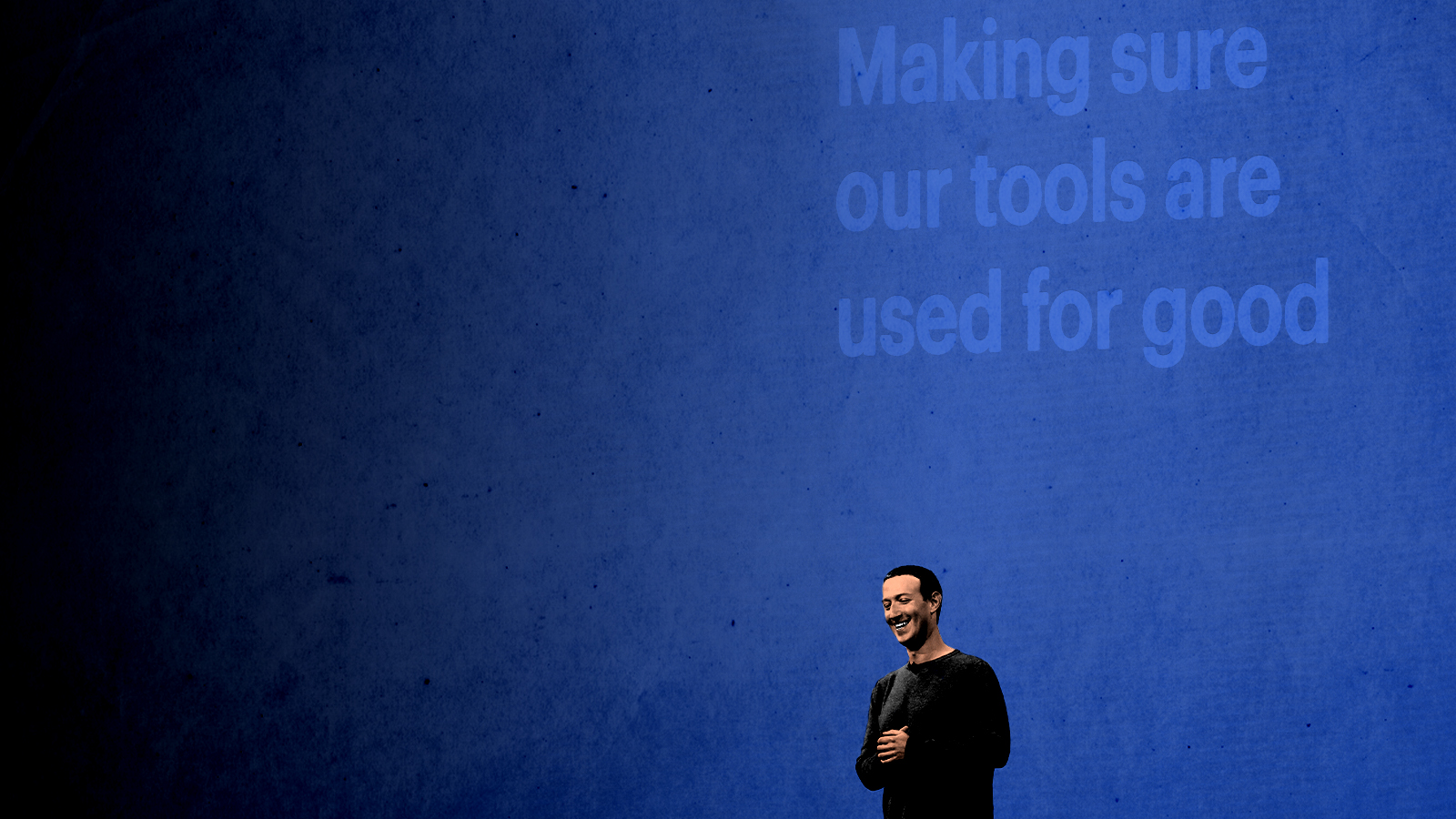 How do you solve a problem like Facebook?
How do you solve a problem like Facebook?The Explainer The social media giant is under intense scrutiny. But can it be reined in?
-
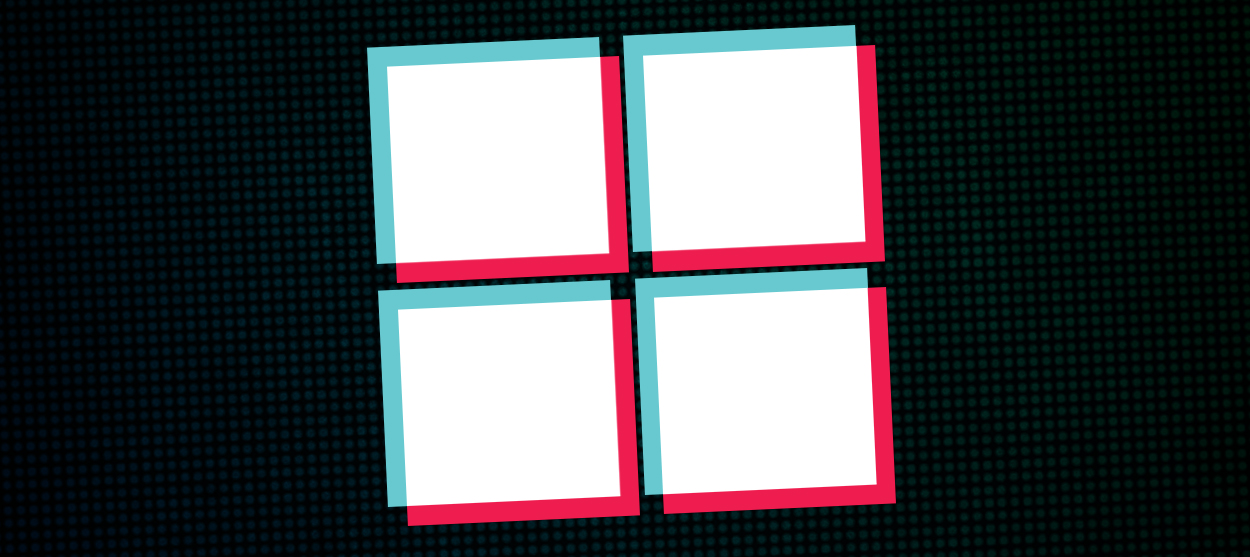 Microsoft's big bid for Gen Z
Microsoft's big bid for Gen ZThe Explainer Why the software giant wants to buy TikTok
-
 Apple is about to start making laptops a lot more like phones
Apple is about to start making laptops a lot more like phonesThe Explainer A whole new era in the world of Mac
-
Why are calendar apps so awful?
The Explainer Honestly it's a wonder we manage to schedule anything at all
-
 Tesla's stock price has skyrocketed. Is there a catch?
Tesla's stock price has skyrocketed. Is there a catch?The Explainer The oddball story behind the electric car company's rapid turnaround
-
 How robocalls became America's most prevalent crime
How robocalls became America's most prevalent crimeThe Explainer Today, half of all phone calls are automated scams. Here's everything you need to know.
-
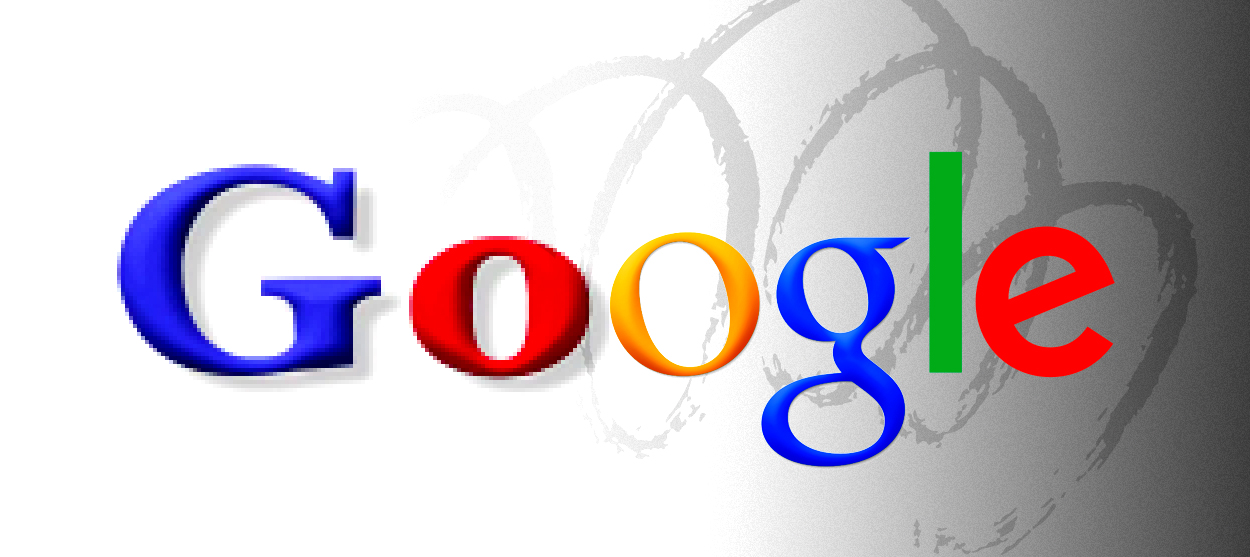 Google's uncertain future
Google's uncertain futureThe Explainer As Larry Page and Sergey Brin officially step down, the company is at a crossroads
-
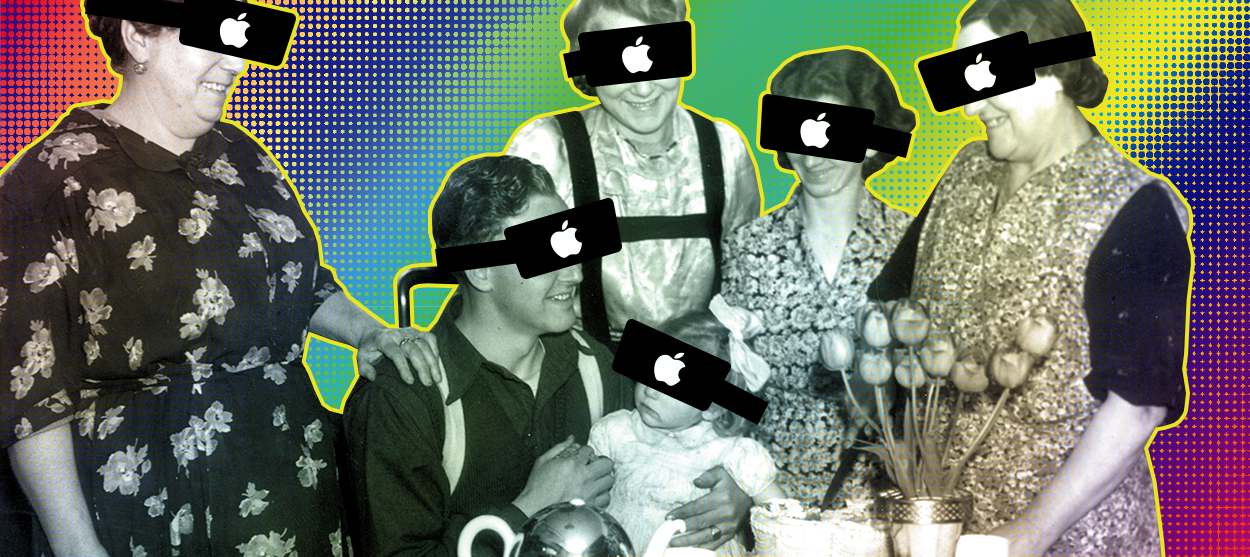 Can Apple make VR mainstream?
Can Apple make VR mainstream?The Explainer What to think of the company's foray into augmented reality
